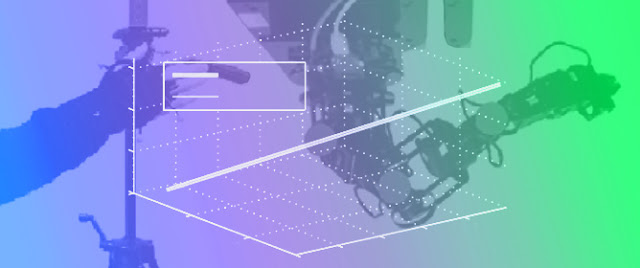Human-like arm motion generation: A Review
The 1st of December 2020 the first review concerning human-like am motion generation was published. I have been proudly working on this paper for about two years and I really hope it will successfully orient roboticists on their future investigations on the field.
The abstract of the article is the following:
In the last decade, the objectives outlined by the needs of personal robotics have led to the rise of new biologically-inspired techniques for arm motion planning. This paper presents a literature review of the most recent research on the generation of human-like arm movements in humanoid and manipulation robotic systems. Search methods and inclusion criteria are described. The studies are analyzed taking into consideration the sources of publication, the experimental settings, the type of movements, the technical approach, and the human motor principles that have been used to inspire and assess human-likeness. Results show that there is a strong focus on the generation of single-arm reaching movements and biomimetic-based methods. However, there has been poor attention to manipulation, obstacle-avoidance mechanisms, and dual-arm motion generation. For these reasons, human-like arm motion generation may not fully respect human behavioral and neurological key features and may result restricted to specific tasks of human-robot interaction. Limitations and challenges are discussed to provide meaningful directions for future investigations.



Comments
Post a Comment